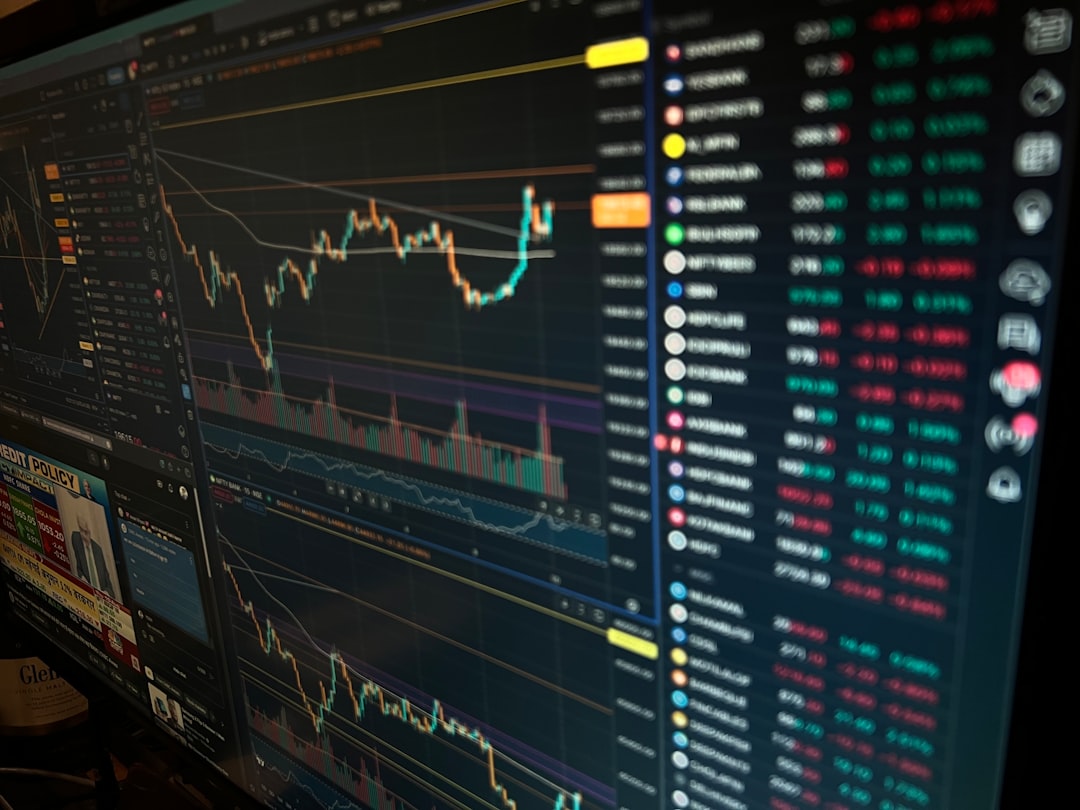
U.S. stock index futures traded in a mixed range early Tuesday, reflecting ongoing market uncertainty after President Donald Trump’s latest round of aggressive tariff announcements. Meanwhile, Amazon's (NASDAQ:AMZN) four-day Prime Day event is expected to provide a strong lift to digital retail activity.
At 05:30 ET (09:30 GMT):
Dow Jones Futures dipped 40 points (–0.1%)
S&P 500 Futures rose 6 points (+0.1%)
Nasdaq 100 Futures gained 55 points (+0.2%)
This followed a weak Monday session where Wall Street’s major averages fell from record highs, largely due to profit-taking and heightened trade policy risks.
President Trump on Monday released formal tariff letters imposing the following duties:
25%: South Korea, Japan, Malaysia, Kazakhstan
30%: South Africa
32%: Indonesia
35%: Bangladesh
36%: Thailand
These new tariffs are set to take effect August 1, a change from the previous July 9 deadline. While speaking to reporters, Trump emphasized the deadline was not "100% firm", suggesting room for new trade deals.
Notably:
India and the EU were excluded from tariff letters, hinting at potentially imminent trade agreements.
Sector-specific duties (e.g., autos, steel, aluminum) will not be combined with the newly announced country-level levies.
📊 Explore real-time economic and trade indicators here:
🔗 U.S. Economics Calendar – FMP API
On the corporate front, Amazon (NASDAQ:AMZN) is kicking off its extended four-day Prime Day event, with online spending projected to hit $23.8 billion, a 28.4% jump over last year.
Last year’s two-day event saw:
$14.2 billion in sales
11% YoY growth, according to Adobe Analytics
Amazon executives say the longer duration this year responds to customer feedback, with many needing more time to explore and purchase deals.
Want to track Amazon’s performance metrics and key ratios?
🔗 Key Metrics (TTM) – FMP API
Tariff developments through the week, especially any trade deals with India or the EU
Prime Day sales results, which could boost consumer and tech stocks
Thursday’s CPI and nonfarm payrolls, likely to shape future Fed rate expectations
As the markets weigh geopolitical uncertainty against strong consumer spending momentum, volatility is set to persist into the next earnings cycle.